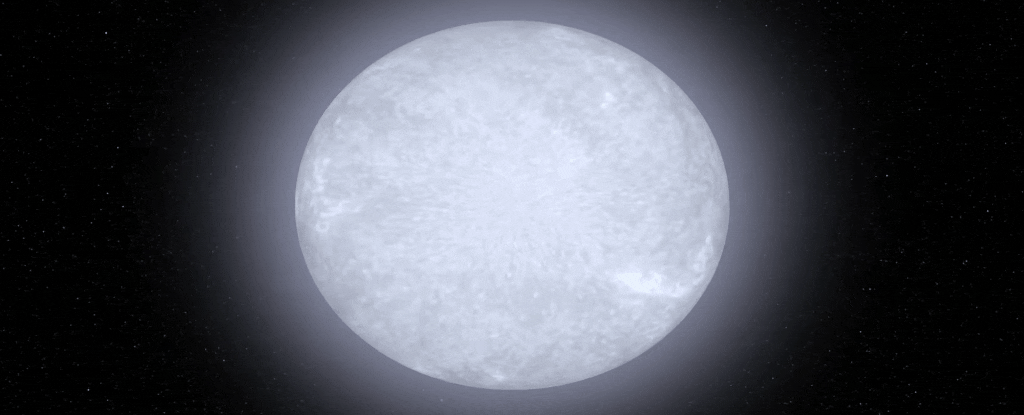Astronomers Detect Regular Pulsation Patterns from Chaotic Stars

Astronomers have just detected unique pulsation patterns coming from young and chaotic stars—stars that were previously believed to only give off jumbled pulses.
The stars, known as Delta Scuti variable stars, are young, bright, and have such rapid rotations that their pulses are seemingly random with no discernable pattern. With the help of data collected from NASA’s Transiting Exoplanet Survey Satellite (TESS), a team of astronomers, for the first time, have been able to detect orderly pulsations coming from these stars. They published their finding in Nature, and their research is already improving the way researchers determine star characteristics.
Stellar Pulsations
Astronomers study stars much the same way that geologists map the Earth’s internal structure—by using sound waves (the specific field of study is called asteroseismology). When sound travels throughout the interior of a star at varying speeds, it causes it to expand and contract, which causes small changes in brightness. These brightness fluctuations can be used to determine a star's specific information, from its age to its composition. Most stars oscillate in some sort of simple pattern, but the unusual rotations of Delta Scuti stars make things complicated.

Delta Scuti variable stars rotate one to two times a day, which is about a dozen times faster than the Sun. The sped-up rotation squishes both the poles and makes the pulsation patterns far more chaotic. The team studied dozens of different stars captured by TESS before finding a specific set of stars that indicated some semblance of order. “Delta Scuti stars clearly pulsate in interesting ways, but the patterns of those pulsations have so far defied understanding,” said Tim Bedding, the lead author of the published paper and a professor of astronomy at the University of Sydney. Once they nailed down what to look for, they expanded their search to data gathered from the Kepler Telescope. Overall, they discovered 60 Delta Scuti stars with discernible patterns.
Impact on Asteroseismology
The team's findings are already having an impact on asteroseismology. "This really is a breakthrough. Now we have a regular series of pulsations for these stars that we can understand and compare with models," said Simon Murphy, one of the paper's co-authors. In fact, they have already used their findings to help definitively determine the age of a recently discovered star, HD 31901. HD 31901 was thought to either be nearly 1 billion years old or only 120 million years, but the team’s discovery helped strengthen the evidence for the younger age.
TESS will increase the number of images it takes of the cosmos this July, from every 30 minutes down to every 10 minutes. The team's new observation method will undoubtedly yield more discoveries of Delta Scuti pulsation patterns—patterns that aren't so random after all.